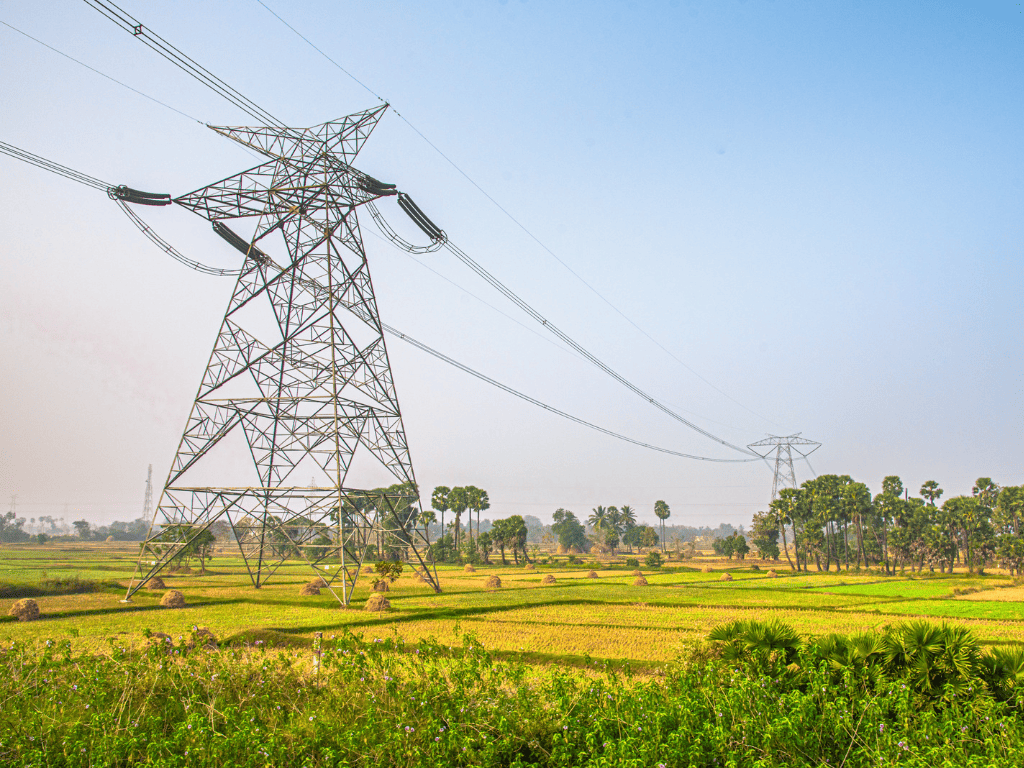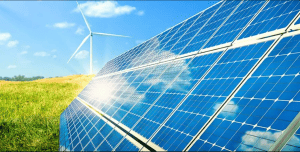Decarbonization & Electrification of the Grid: A Pathway to a Sustainable Future
Future generations are dependent on the responsibility of handling existing conditions and transitioning to clean energy.
Introduction
- In this post we will explain below the current status and the direction clean technologies are heading.
- Decarbonization aims to reduce or eliminate CO2 emissions from the energy sector, which is the largest source of greenhouse gas emissions globally.
- Strategies for decarbonization include increasing the use of renewable energy sources, improving energy efficiency, implementing carbon capture technologies, and promoting low-carbon fuels.
- Electrification involves shifting energy end-uses from fossil fuels to electricity, which can be generated from low-carbon sources and is more energy-efficient.
- Challenges and opportunities of decarbonization and electrification include integrating variable renewable energy sources, upgrading grid infrastructure, ensuring energy equity and affordability, creating new business models and market structures, and developing a skilled workforce.
Decarbonization: Reducing Carbon Emissions from the Energy Sector
Decarbonization refers to the process of reducing or eliminating carbon dioxide (CO2) emissions from the energy sector, which is the largest source of greenhouse gas emissions globally. According to the International Energy Agency (IEA), the energy sector accounted for nearly 75% of global CO2 emissions in 2019. Decarbonizing the energy sector is, therefore, crucial to achieving the goals of the Paris Agreement, which aims to limit global warming to well below 2°C above pre-industrial levels.

Image Source: Canva
There are several ways to decarbonize the energy sector, including:
1. Increasing the share of renewable energy sources, such as solar, wind, and hydropower, in the energy mix. These sources produce electricity without emitting CO2, making them an essential component of a decarbonized energy system.
2. Improving energy efficiency to reduce the overall demand for energy. This can be achieved through measures such as better insulation in buildings, more efficient appliances, and smarter energy management systems.
3. Implementing carbon capture and storage (CCS) technologies to capture CO2 emissions from fossil fuel-based power plants and industrial facilities. Either storing them underground or using them for other purposes, such as enhanced oil recovery or the production of chemicals and materials. CCS serves as a bridge between the current global energy mix and the future.
4. Promoting the use of low-carbon fuels, such as hydrogen and biofuels, in sectors that are difficult to decarbonize, such as heavy industry (smelting) and long-haul transportation.
Electrification: Shifting to Electricity as the Primary Energy Carrier
Electrification refers to the process of converting energy end-uses, such as heating, cooling, and transportation, from fossil fuels to electricity. This shift is essential for decarbonization because electricity can be generated from low-carbon sources, such as renewables and nuclear power. Moreover, electric technologies, such as heat pumps and electric vehicles (EVs), are generally more energy-efficient than their fossil fuel-based counterparts, which means that they can help reduce overall energy demand.
The electrification of grid systems is already underway in many parts of the world, driven by the rapid growth of renewable energy and the falling costs of electric technologies. According to the IEA, the share of electricity in the global energy market increased from 17% in 2000 to 20% in 2018, and it is expected to reach 30% by 2040 under current policies. However, to achieve the goals of the Paris Agreement, the pace of electrification needs to accelerate significantly.

Source: Statista (2023)
Challenges and Opportunities
Decarbonization and electrification of the grid presents several challenges and opportunities, including:

Integrating variable renewable energy sources
As the share of solar and wind power in the energy mix increases, grid operators need to find ways to balance supply and demand in real time, given the variability of these sources. This can be achieved through a combination of flexible power generation, energy storage, demand-side management, and grid interconnections.
Upgrading and expanding the grid infrastructure
Electrification will increase the demand for electricity, which will require investments in new transmission and distribution lines, as well as the modernization of existing infrastructure to accommodate higher levels of renewable energy and ensure grid stability.
Ensuring energy equity and affordability
Renewable energy sources like solar and wind are intermittent, which means that they don’t produce power all the time. Energy storage technologies like batteries (lithium/flow), pumped hydro, and new innovative storage methods (compressed air/cryogenic/gravity/thermal) can help store excess energy during times of high production and release it when demand is high. This can help make renewable energy sources more reliable and resilient.
Creating new business models and market structures
Decarbonization and electrification will disrupt traditional energy markets and create new opportunities for innovation and entrepreneurship. For example, the growth of distributed energy resources, such as rooftop solar panels and electric vehicles, is giving rise to new business models, such as peer-to-peer energy trading and vehicle-to-grid (V2G) services.
Developing a skilled workforce
The transition to a low-carbon energy system will require a workforce with new skills and expertise in areas such as renewable energy, energy storage, and smart grid technologies. This presents an opportunity to create new jobs and support economic growth, but it also requires investments in education and training to ensure that workers are prepared for the jobs of the future.






